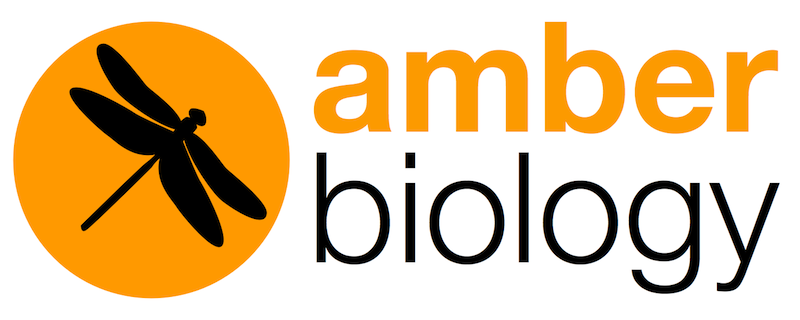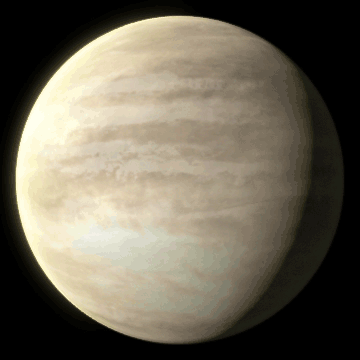TESS Exoplanet Discovery Mission Exceeds Expectations
In 2017 Amber Biology had the great good fortune to be hired as a contractor on the NASA TESS mission. TESS, the Transiting Exoplanet Survey Satellite, was launched from Cape Canaveral in April 2017 on a SpaceX Falcon 9 booster, and within a few weeks, began its two year mission to search for exoplanets orbiting distant stars that could potentially be earth-like worlds on which liquid water could exist, and which may also have the right kind of conditions to support life. Although most of the computational work we undertook for the TESS mission is in the field of astrophysics, TESS is essentially an origin of life project and is therefore still arguably a life science project!
Amber Biology was involved in the creation of Python code involved in both the imaging processing for the spacecraft itself, and for the data analysis pipeline that scientists on the ground use to process the images that the spacecraft sends back to earth on each closest approach of its orbit. As members of the mission team, the partners at Amber Biology also got to sign the metal plaque that bears all the signatures of the mission team and is attached to the spacecraft.
Since its launch, the TESS mission has exceeded all expectations. Even before the spacecraft formally started science operations on July 25th 2018, it ssent back a stunning sequence of images showing the motion of a comet. Taken over the course of 17 hours, these images helped demonstrate the satellite’s ability to collect a prolonged set of stable periodic images covering a broad region of the sky — all critical factors in finding transiting planets orbiting nearby stars.
In its first three months of observations, TESS found three confirmed exoplanets, and observed six supernova explosions whose brightening light was recorded by TESS even before the outbursts were discovered by ground-based telescopes. The first confirmed TESS exoplanet discovery was a world called Pi Mensae c which is about twice the size of the Earth. Every six days, the new planet orbits the star Pi Mensae, located about 60 light-years away and visible to the unaided eye in the southern constellation Mensa. The bright star Pi Mensae is similar to the Sun in mass and size.
In the first year of its survey in which it observed only the Southern sky, TESS discovered 21 planets outside our solar system and captured data on other interesting astronomical events. As of July 2019, TESS has now turned its attention to the Northern Hemisphere to complete the most comprehensive planet-hunting expedition ever undertaken.
Being hired as contractors on this mission was a wonderful opportunity for us. As members of the mission team, the partners at Amber Biology also got to sign the metal plaque that bears all the signatures of the mission team, and will be attached to the spacecraft. The work was incredibly interesting and very challenging, especially so, since an astrophysics project was a major departure from the kind of work that our company typically undertakes.
Even to have the opportunity to contribute to this exciting venture in a tiny way, was a wonderful opportunity for us, and if you watch this space (pun intended), we'll bring you more updates on the mission, as TESS enters the second year of its survey, and turns its attention towards the Northern sky.
© Amber Biology


